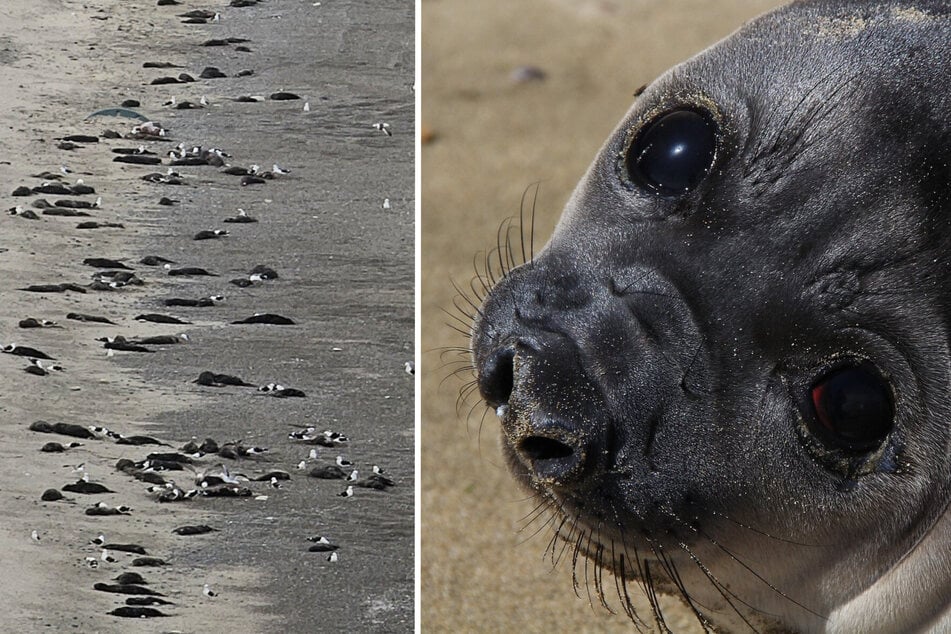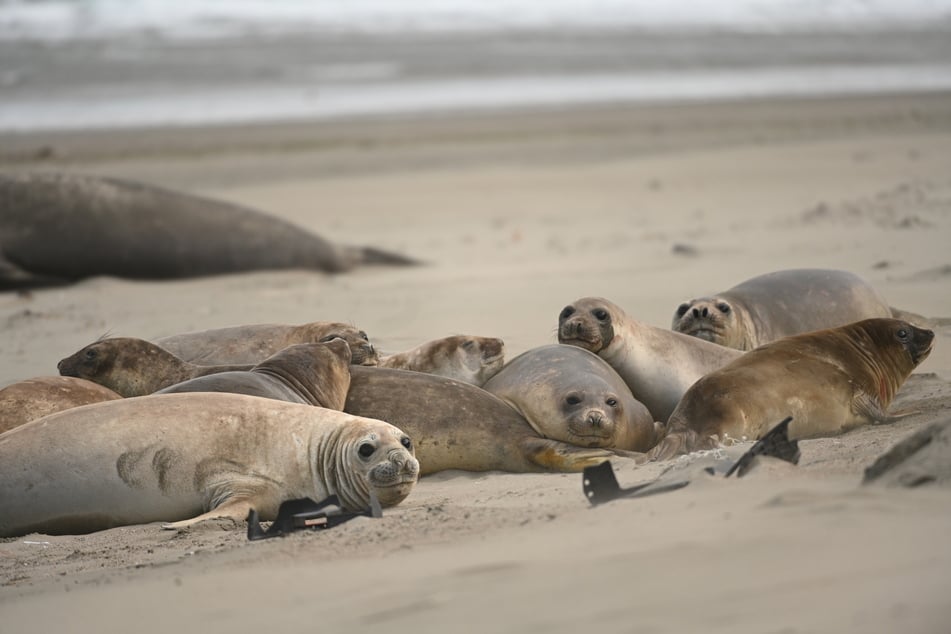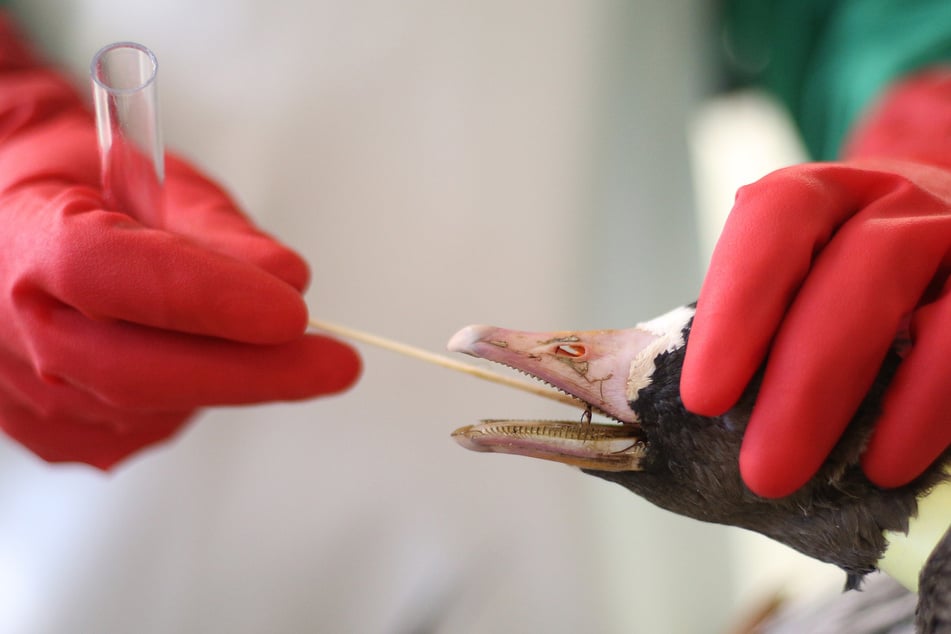More than 17,000 calves dead! Avian flu causes mass mortality among marine mammals
Davis - The current bird flu virus can spread easily from one marine mammal to the next and also jump back to birds. This was reported by an international research team in the journal "Nature Communications" after investigating a mass mortality of elephant seals in South America.

After the current variant of the H5N1 avian flu virus had already spread among sea lions there, the researchers observed an unprecedented death toll among southern elephant seals (Mirounga leonina) in October last year.
More than 17,000 calves and an unknown number of adult animals died within a few weeks on the Valdés Peninsula in Argentina alone.
The research team's study shows that the virus can be transmitted between different marine mammal species and also within colonies of mammals.
According to the experts, it is still unclear exactly how the transmission occurs, although it is possible via direct contact or droplets.
The calves could have contracted the virus via the placenta or breast milk.
Virus repeatedly jumps from birds to mammals

For many decades, H5N1 avian influenza has caused severe waves of illness among birds worldwide. For some years now, a particular group of H5N1 viruses, the so-called clade 2.3.4.4b, has been spreading and has also infected numerous mammals - in addition to marine mammals in various regions of the world such as seals and whales, cows in the USA are also affected.
According to the research team, more than 30,000 sea lions died in South America when the virus spread along the coasts of Peru and Chile between 2022 and 2023. It later also appeared on the Atlantic coast of Argentina and quickly migrated northwards to Uruguay and southern Brazil.
Marcela Uhart from the University of California in Davis and her team estimate that around 95 percent of all elephant seal calves died on the Valdés Peninsula last year. Now, a year later, only around a third of the elephant seals that would otherwise breed there can be found, Uhart estimates. "We walk among piles of carcasses and bones and see very few elephant seal harems, which is still worrying."
Co-author Valeria Falabella from the Wildlife Conservation Society Argentina added that the research team had been shocked by the scale of the loss. "More than half of the reproductive population has probably died as a result of the virus. It will take decades for the population numbers to return to the level of 2022."
Transmission to humans occurs

"Comparatively few human infections with the highly pathogenic avian influenza virus of clade 2.3.4.4.b have occurred to date," explained Harder. There have been isolated cases of people contracting the virus from poultry, for example; some of these cases were fatal.
This year, dozens of infections of employees of dairy farms in the USA were also detected; the courses were mild. Recent tests have shown that many more such employees are likely to have been infected than previously thought, but that these infections often go undetected.
The European Center for Disease Prevention and Control (ECDC) explains that the virus is not yet well adapted to humans. Sustained human-to-human transmission, for example, has not yet been observed. Nevertheless, the authors of the elephant seal study advise caution.
"The better the virus adapts to mammals, the more relevant it becomes for humans," said Uhart.